By Islam El Shazly
Peering back into history to find the beauty of a time gone by is a very delicate affair, an affair that if not done with a sensitive eye and an attentive heart, could end up being a very short lived fling.
As Agatha Christie put it:
“The lure of the past came up to grab me. To see a dagger slowly appearing, with its gold glint, through the sand was romantic. The carefulness of lifting pots and objects from the soil filled me with a longing to be an archaeologist myself.”
-Christie expressing her interest in archaeology, a passage from An Autobiography (London, 1984), p. 389
Looking at these delicate slides I see familiar faces; craftsmen, farmers, merchants, and children. I see majestic great ships and schooners, and a life very simple, that is as paradoxical as Egypt itself. One look at pre WWI Cairo and you realize that fashion and high society was synonymous with Cairo, and not with Paris or New York.
I imagine it was a beautiful place to be in.
But there’s a flip-side to that coin; Egypt was under British occupation, a status quo that would remain well into the middle of the 20th century, and British Empire did not take kindly to dissent. And happiness lived side by side with misery, much like it is today, you only have to look into these three little girls’ eyes to realize how miserable they were. The only difference being, we no longer have the craftsmen, we barely have the farmers, and barely any majestic ships lay anchor at our shores.
But perhaps this will change full circle, we just need to look, listen, and learn from our past.
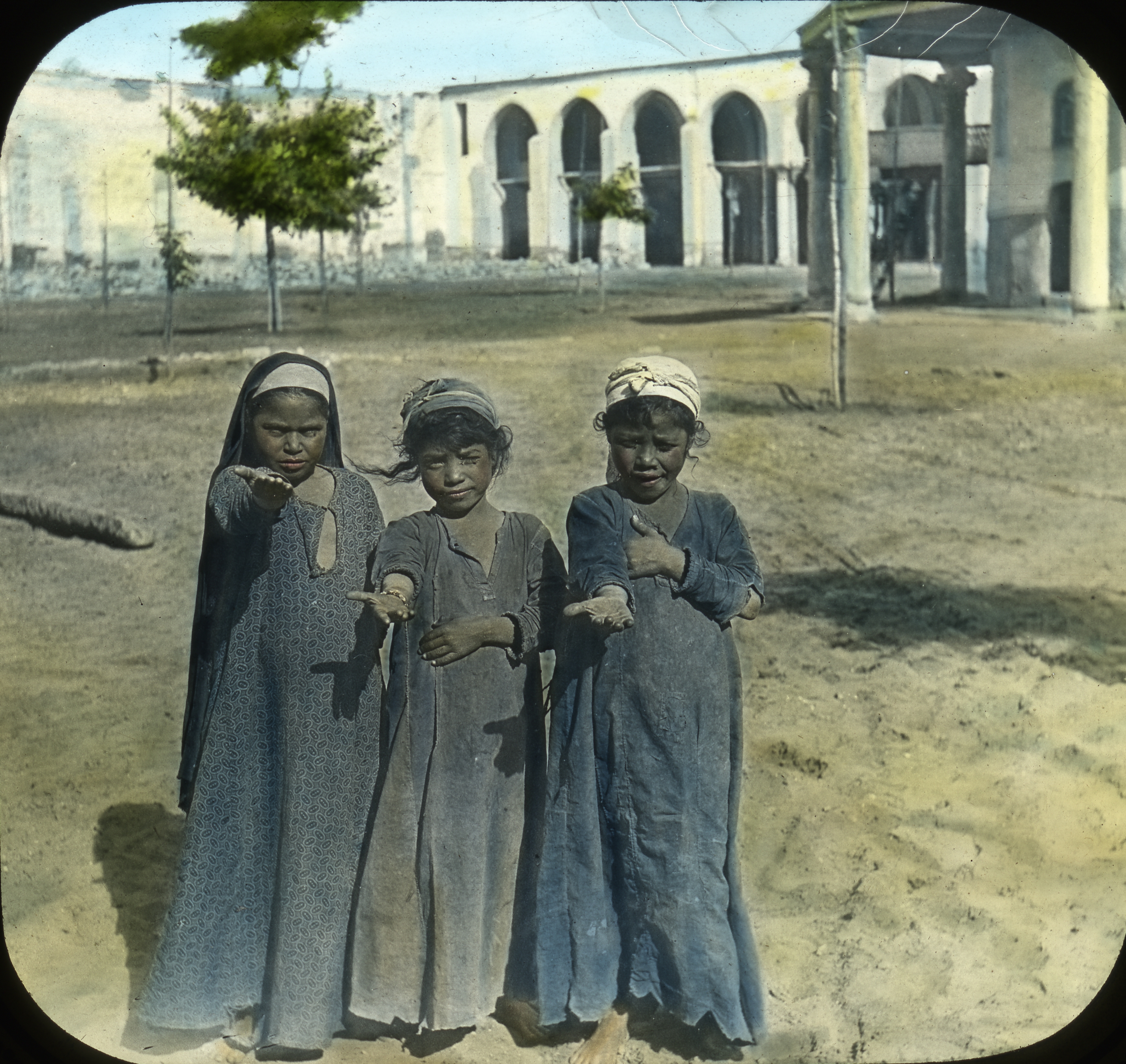
Egypt: Egyptian Girls. Brooklyn Museum Archives. Lantern Slide Collection. (I have no doubt in my mind that this photograph with all its insinuations was staged—Editor)
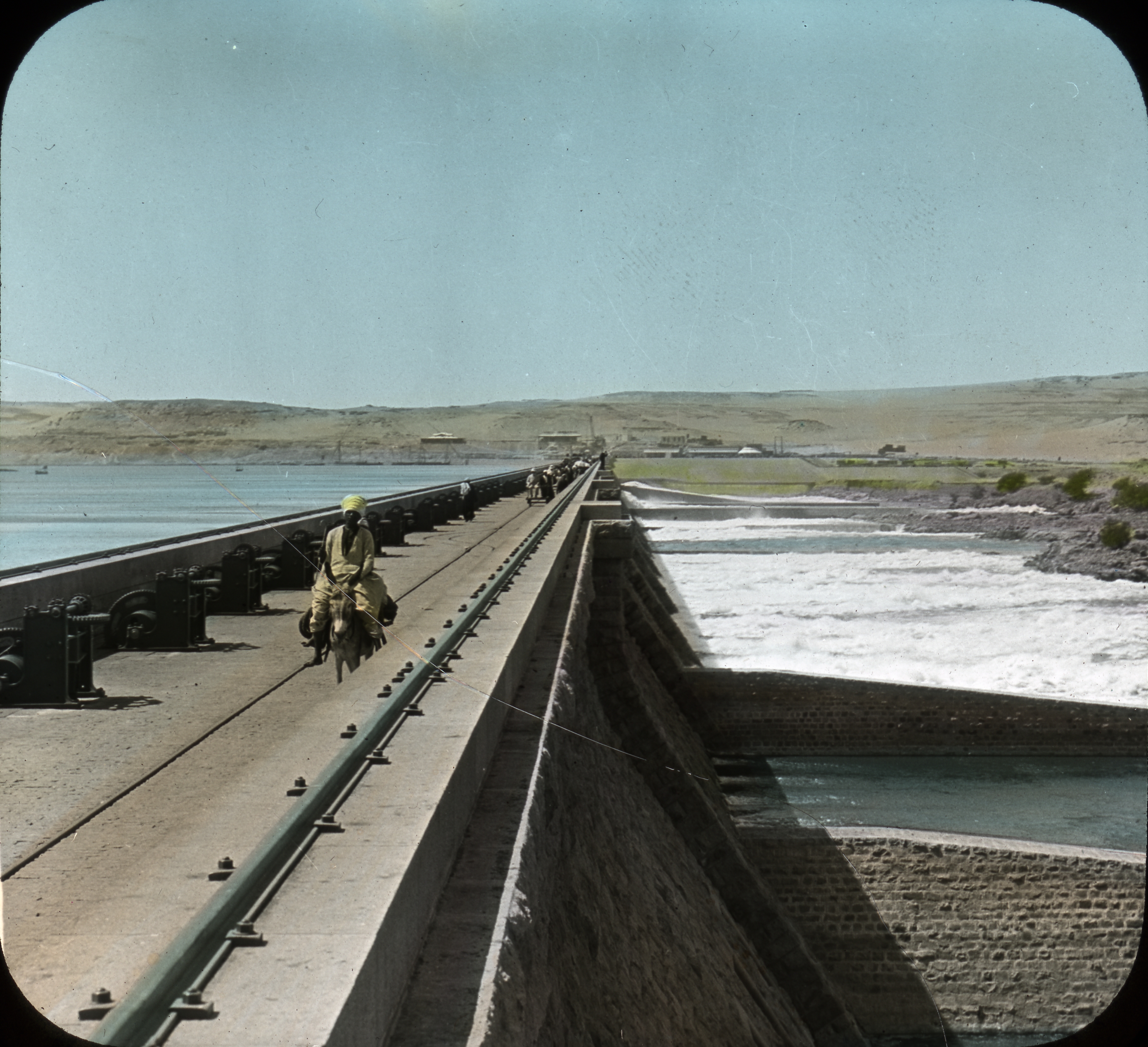
Egypt: Great Nile Dam, Aswan. Brooklyn Museum Archives. Lantern Slide Collection. (This is the Aswan Low Dam, not the High Dam that was built in the late 1950s—Editor)

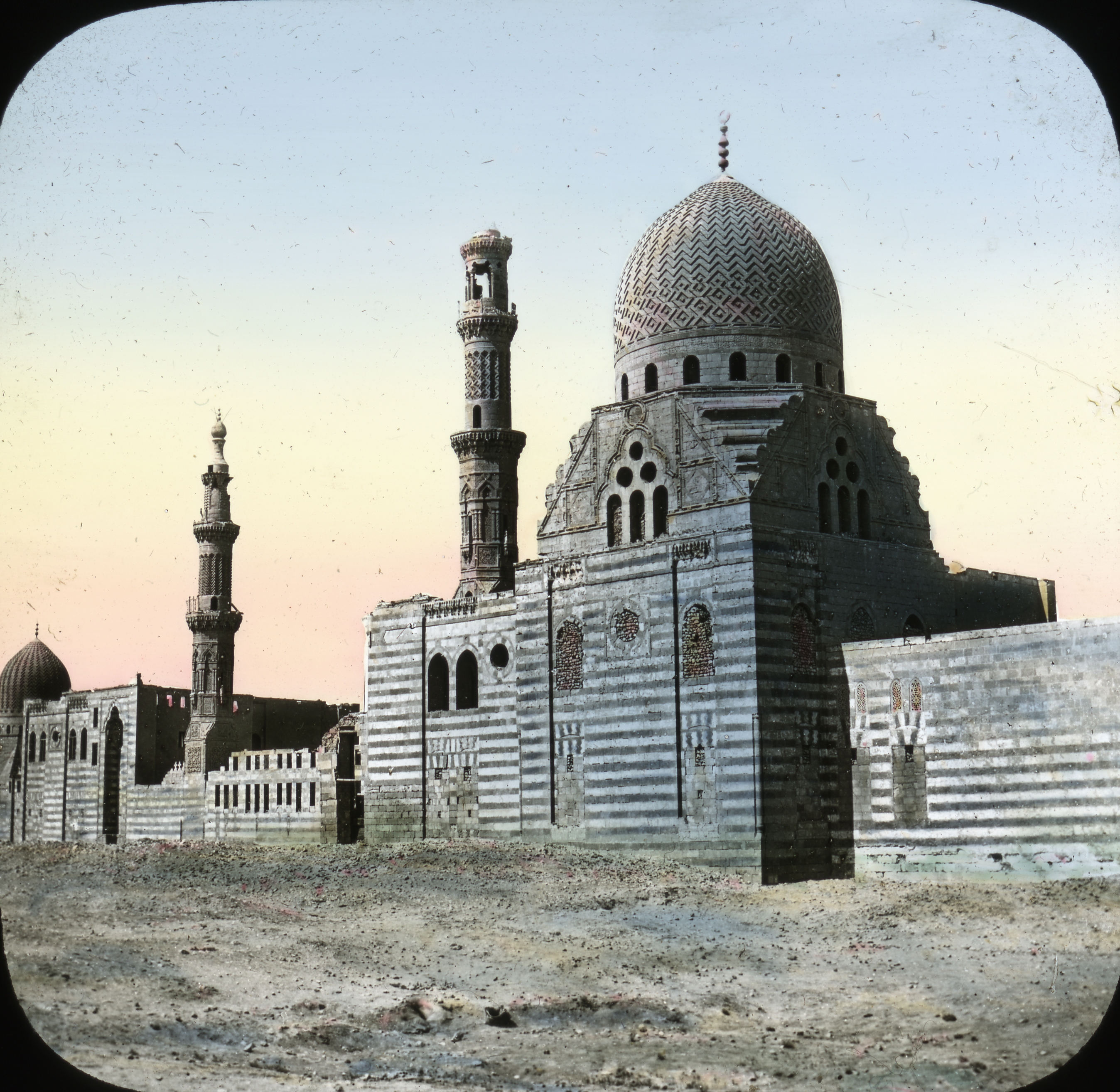
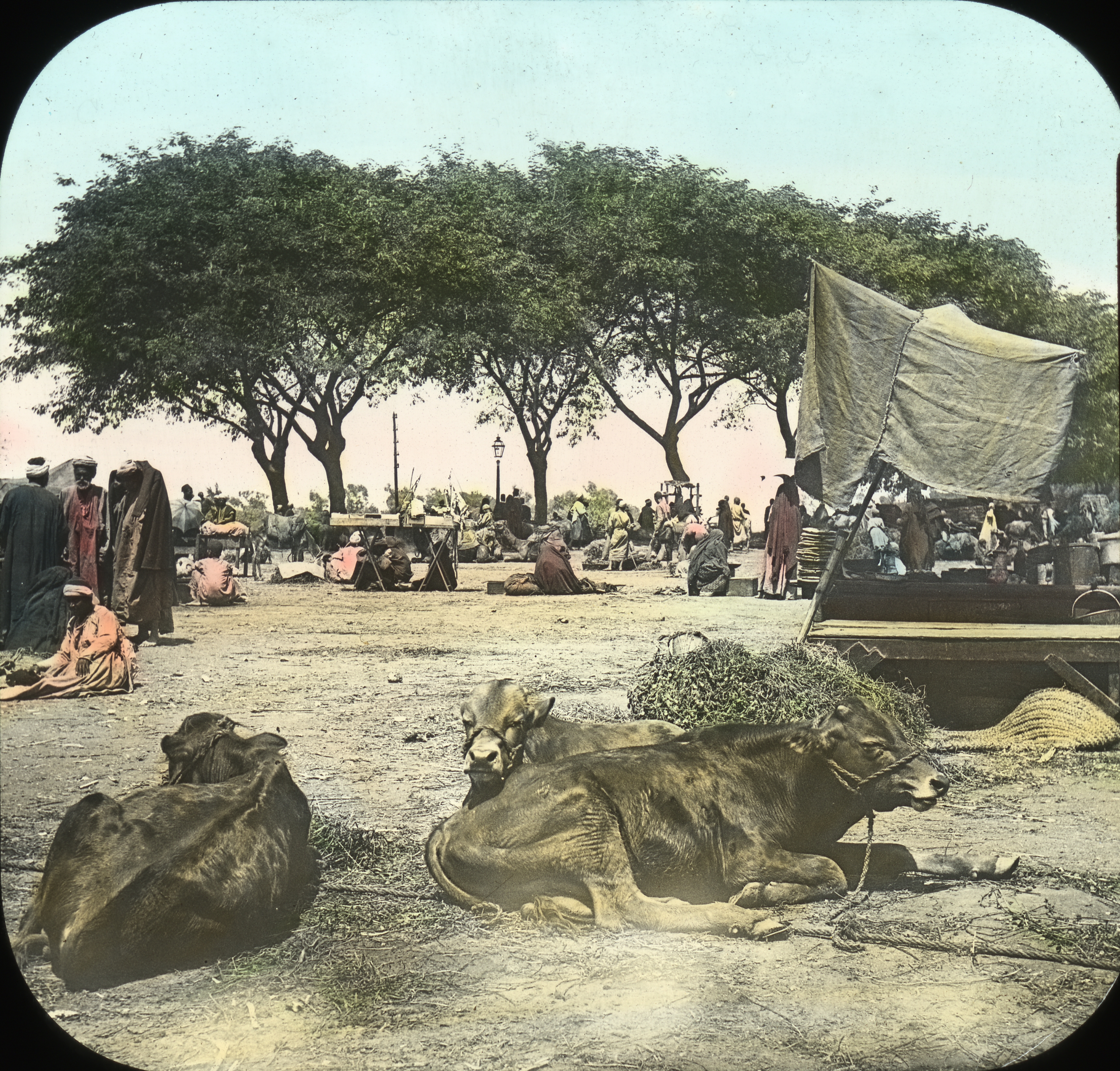
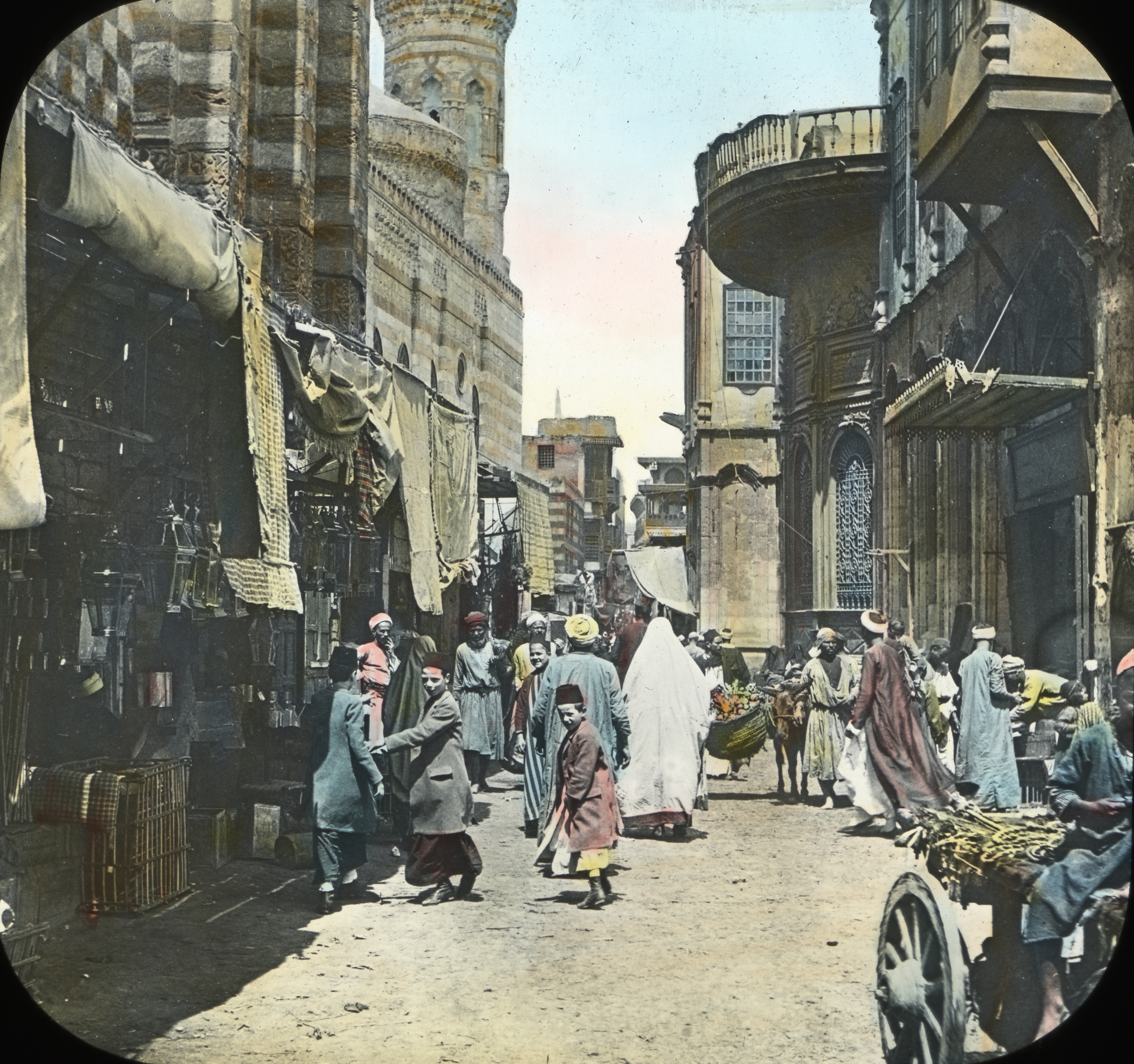
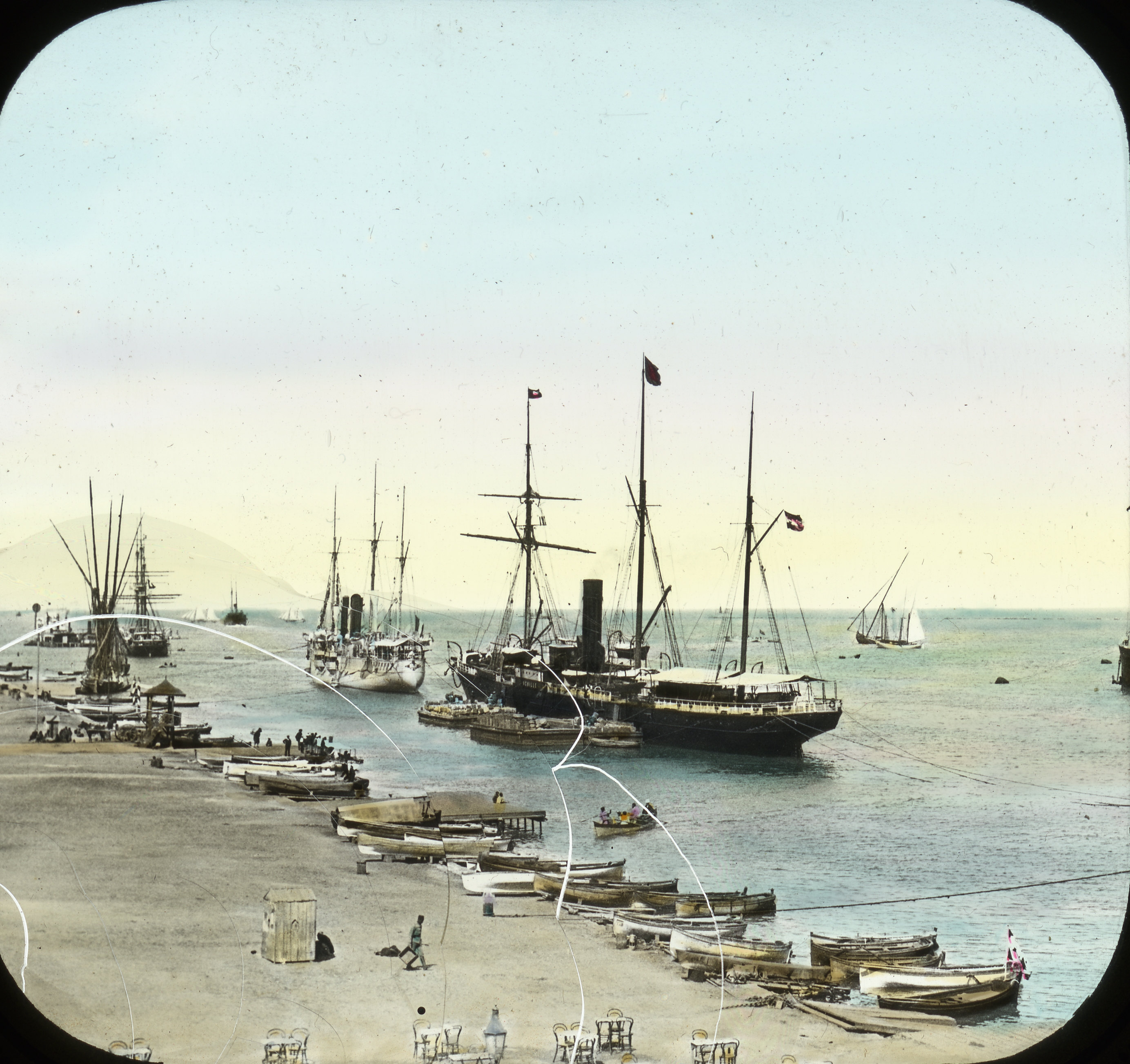








Such is the nature of colonialism throughout the ages, everyone else is always beneath them, even if they were of the same colour. When Heliopolis was built there were two hotels, one palatial: The Heliopolis Palace Hotel, and one less so: The Heliopolis House Hotel. I will let you guess which one was for the commoners.
As long as you check your intentions on a regular basis, then you being colonial would probably never come into your mind.
Cheers Sue.
Yes I agree re that aspect about the likely staging of the photo. The colonial attitude is still evident among many tourists here, it disgusts me because Egypt / Egyptians have much to be proud of, and I often question my own responses to life here in this light, -ie am I being colonialist in wanting something different for people here.
I have some old postcards and letters that illustrate those attitudes clearly, and the behavior of foreigners is well documented for example by Naguib Mafouz in his historically based novels. The condescension of the British in particular is familiar to me as I also come from a place colonized by them – Australia was their dumping ground for prisoners when the London prisons overflowed (often people who could just not afford food, and stole to survive in London), and as a result of this history the attitude of many Brits is still that Australia /Australians are inferior.
you may enjoy reading the letter at http://siwasoul.wordpress.com/2011/03/12/egypt-now-and-then from one of the Australian “commoners” as the British would have seen them, visiting Cairo in 1914. It seems tea at the posh hotels of Cairo was really priced for the British high ranking officers, not for the likes of this young Aussie and his friends.
Oh I know what you mean Sue, I used to live in front of City Stars, and there was a woman who would come in in the morning everyday without fail and “dump” her little girl and boy, come rain or extreme heat wave, and they would sit there for hours day and night, and people would feel very sorry for them and give them money! 3 years straight every day.
But what I meant for this picture is that it had to have been staged, even if the girls were beggars, and they probably were, Egypt was under occupation even if it was rich and wealthy, it served as a reminder of who was boss at the time. And it added to the exoticism of Egypt to the crowds back in Europe. That’s just y interpretation of the image.
What do you think?
I am not sure about the photo of the 3 girls being staged. It may be staged, but it may have been based on very real experience. I experience exactly that scene every day with Bedouin children in Sinai, who unfortunately are often instructed by their parents to ask for money. It is always “one dollar, one dollar”. I have lived here 2 years so have no “one dollar” but they still see me as a foreigner / tourist and therefore a candidate for their begging. It is sad, and hard to resist, but if I started to give to one, hundreds would chase me. They will even come to my window as I am writing and beg through the window.